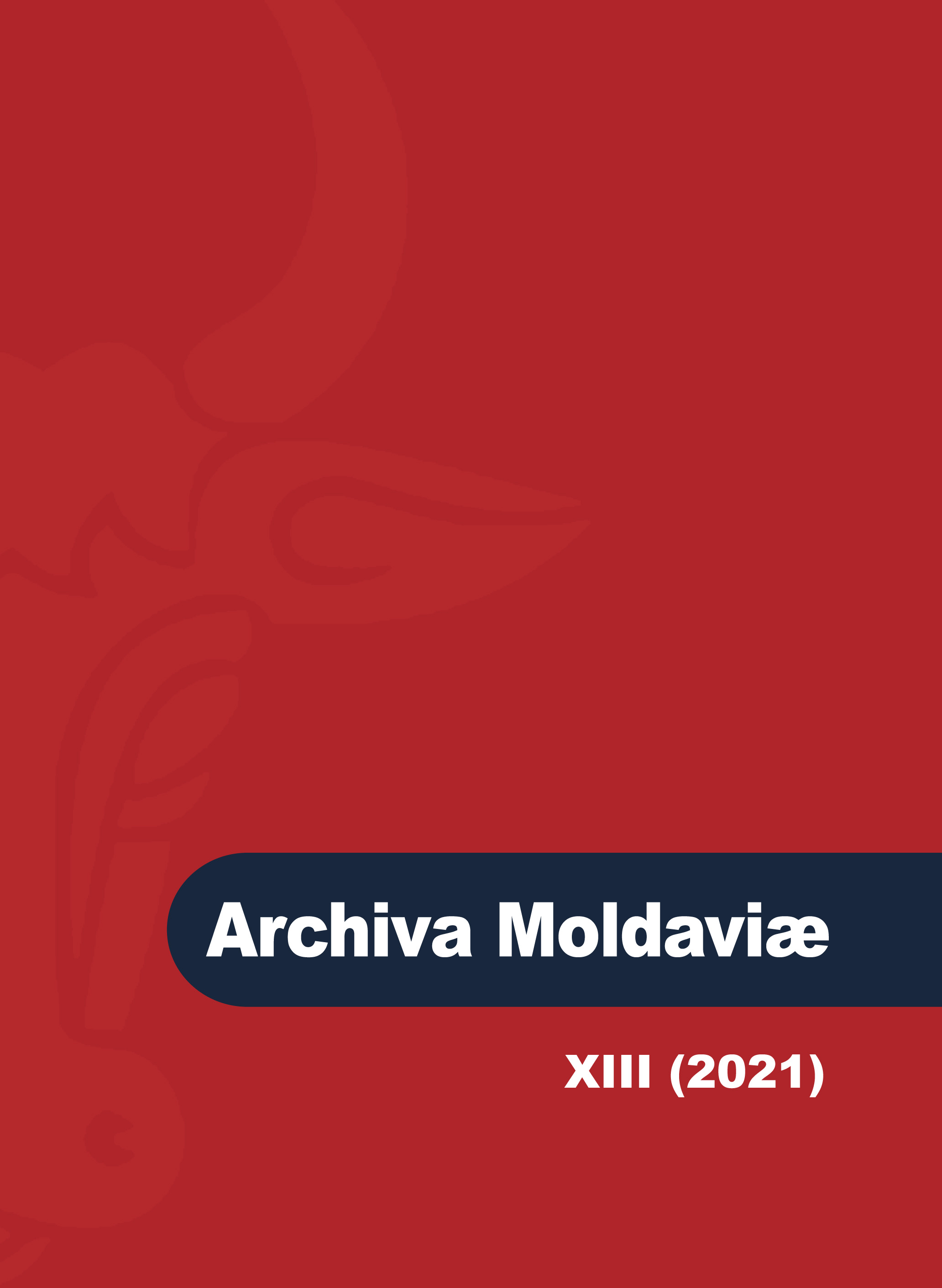„Tulburările scolastice” de la Iași (septembrie 1857 – februarie 1858). Excurs metodologic și documentar
The “Scholastic Disorders” in Iași (September 1857 – February 1858). Methodological and Documentary Excursion
Author(s): Leonidas Rados, Maria RadosSubject(s): Education, Social history, History of Education, State/Government and Education, Methodology and research technology, 19th Century, Pedagogy
Published by: Societatea de Studii Istorice din România
Keywords: history of education; mid 19th century Iași; teacher protests student uprisings; A. T. Laurian;
Summary/Abstract: In the Autumn of 1857, the educational environment of Moldavia has been highly disturbed by a fierce conflict between the Transylvanian A. T. Laurian, the general school inspector (backed up by the School Council), and a large part of the educational staff of the Iași public schools. The first one had been accused by the teachers of overly violent behavior including insults, threats and constantly exerting pressure. That has led over 17 teachers to step down in 1857 and to ask for Laurian’s resignation, in order to come back to their jobs. Amongst them were mostly teachers at the elite schools (Normal School, Gymnasium, and Law Faculty). The Ministry of Public Instruction got involved, and discreetly supported the teachers, making it known that the offending language used by Laurian (and the School Council), nor the disrespect towards the higher authorities, were not to be tolerated. The ruler Vogoride has assigned a special committee, albeit with no results, because of the teacher’s refusal to agree on anything less than Laurian’s removal. The case had reached Moldavia’s Administrative Council which suggested the sanctioning of the protesting teachers and Laurian’s demission for offensive conduct. Surprisingly enough, Vogoride declined the proposal and proceeded to sanction both sides with a warning. Nevertheless, he allowed Laurian to maintain his position and asked for the protesters to quickly return to their jobs. Since new educators were assigned instead. The whole situation became even more complicated a few weeks later when the students at the Gymnasium Boarding School decided to revolt against their unsatisfactory living conditions. Moreover, the educational system was in shambles, given the fact that a lot of classes were taught by substitute teachers. Following, one of Laurian’s associates had been beaten by students, which lead to the residents leaving the boarding school, which was closed. A new committee had been assigned by the ruler to identify the reasons for the students' revolt against the system and to put forward measures for re-establishing order and restoring an appropriate school climate. On the 24th of January, the committee presented its report. It said that one of the main causes was the removal of the teachers, both locals and Transylvanians, and asked for a new committee to reform the system. Laurian and his associates (Al. Papiu Ilarian, Gh. Giușcă, M. Alboteanu, Iosif Patriciu) resigned and the contesters had been reinstalled in their positions, which allowed the system to restart. For this investigation, we used resources such as autobiographies, articles, press releases, and published correspondence (including the letters written by Laurian’s group). But our main source for this investigation consists of unedited archive documents, out of which we have selected 62 of the most relevant ones and published them at Annexes. In the scientific literature, “the scholastic disorders” in Iasi have been interpreted in two ways. The first one considered a conflict between the local teachers and those coming from Transylvania; this had proven to be a misunderstanding, caused by a mistakenly published document of V. A. Urechia in his masterwork History of Schools, which we address in this study. The second key to interpretation relies on the political fights between the unionists and the anti-unionists, which could stand base for the conflict. According to this one, the teachers had been constantly manipulated by the intriguing “genius” anti-unionists such as N. Istrati, Gh. Asachi, and Vogoride itself. However, this interpretation is reductionist, and the documentary base is weak: it almost exclusively consists of a series of letters written by Laurian and Papiu Ilarian, his close collaborator. In one of these documents, named The Violent Debate by the one whom it was addressed to (G. Barițiu), Laurian’s group’s own version of the scholastic scandal is presented. Moreover, this manner of interpretation originates in the sphere of political history analysis, although in the absence of specific tools, vital when pursuing the history of education. It is not by chance that our study also has an important methodological component. Even taking account of the political polarization of the teachers, we consider that the eruption of the “scholastic disorders” was mainly a cause of Laurian’s violent behavior. Otherwise a competent scholar with good intentions, the general school inspector became “an impossible man” due to his highly conflictual nature that aroused many dislikes over the years. Also relevant for the genesis of a critical mass against Laurian are his linguistic exaggerations, given his attempts to re-Latinize the Romanian language, implicitly getting rid of any Slavic remaining; he purposefully started to change even some toponyms in his textbooks, a practice that was perceived as an insult to the local history and traditions.
Journal: Archiva Moldaviae
- Issue Year: XIII/2021
- Issue No: XIII
- Page Range: 15-134
- Page Count: 120
- Language: Romanian

